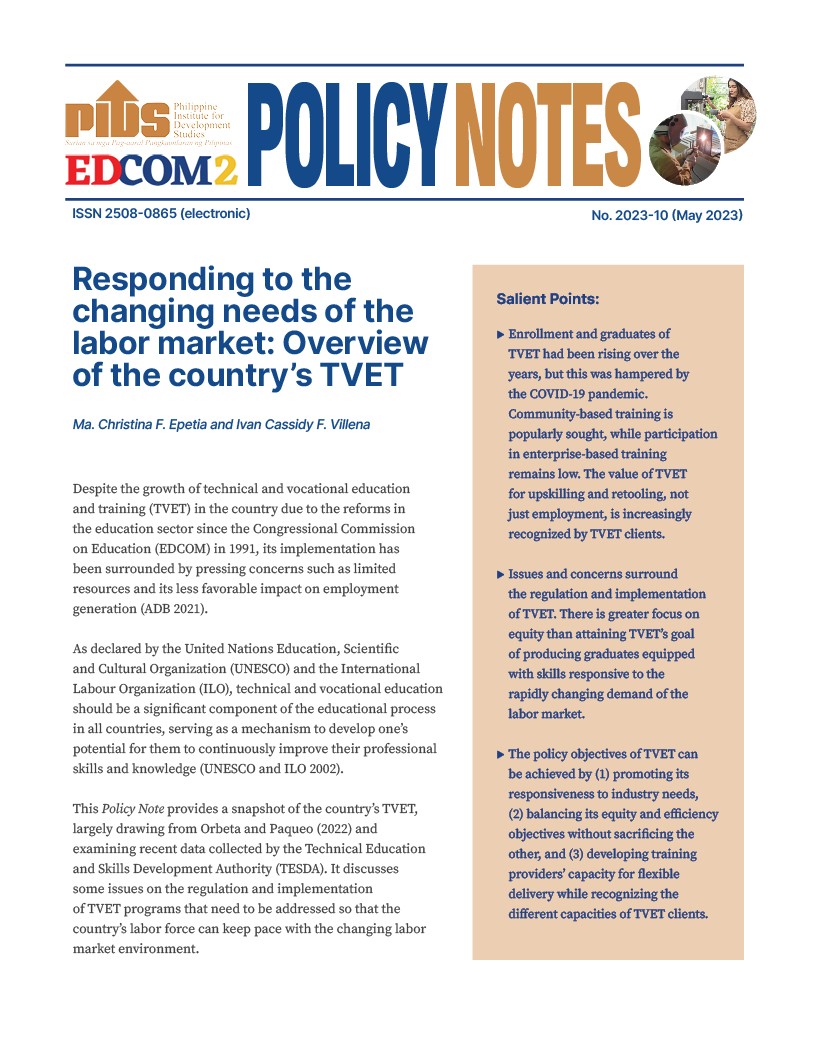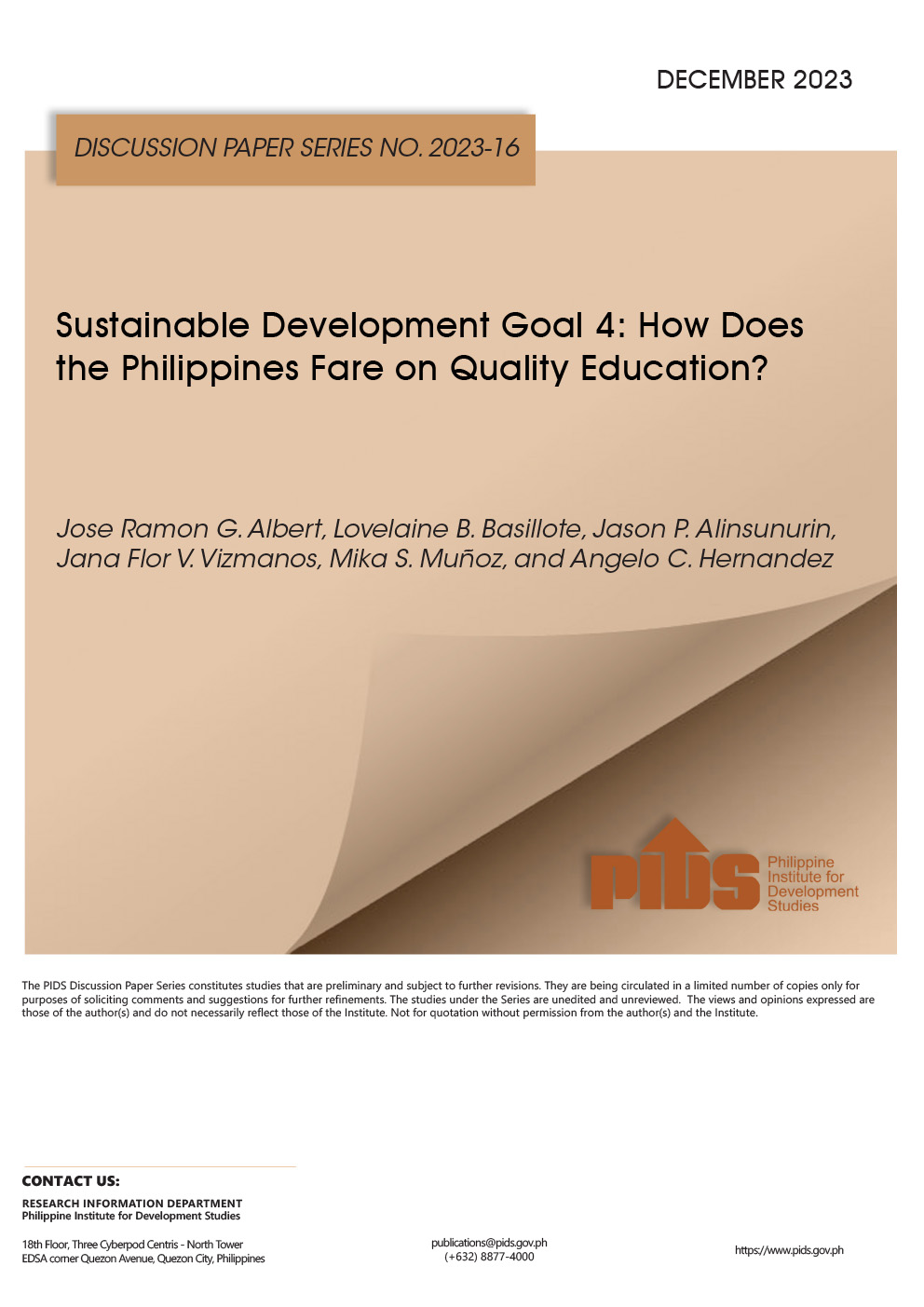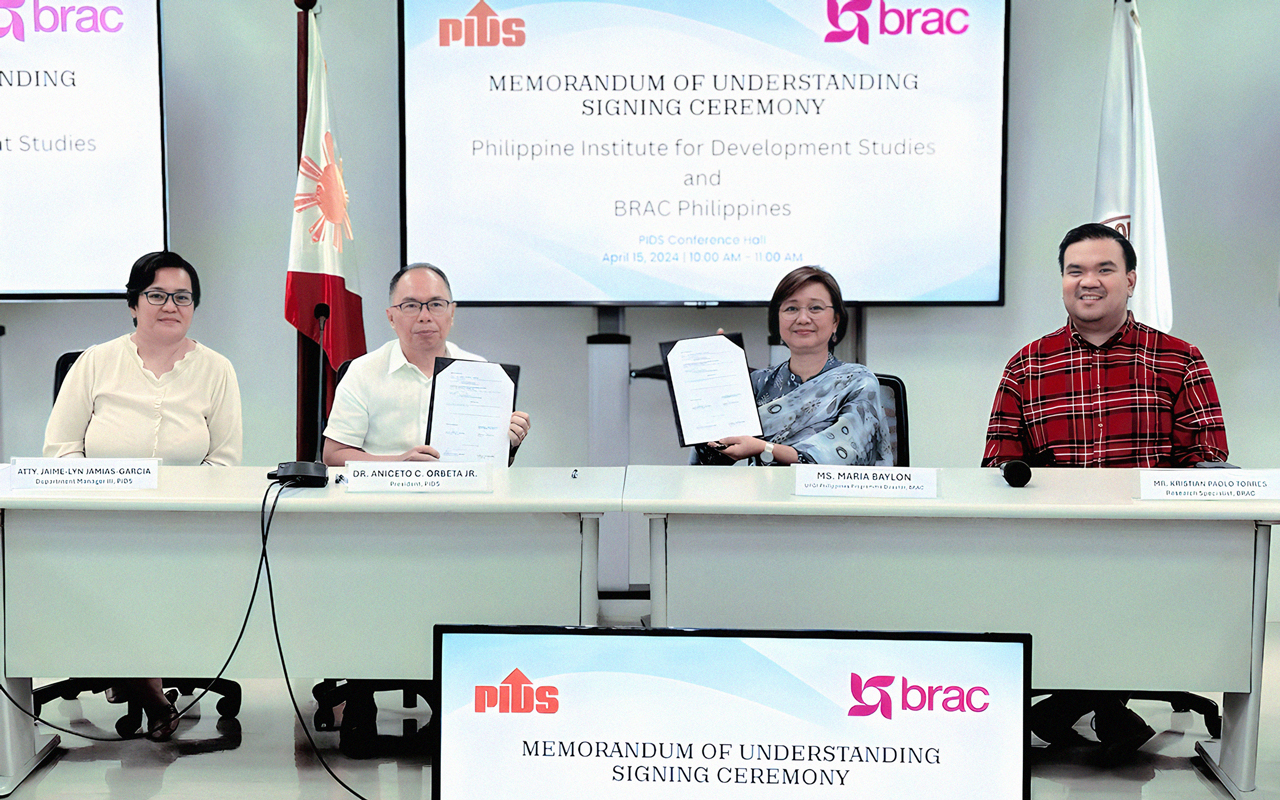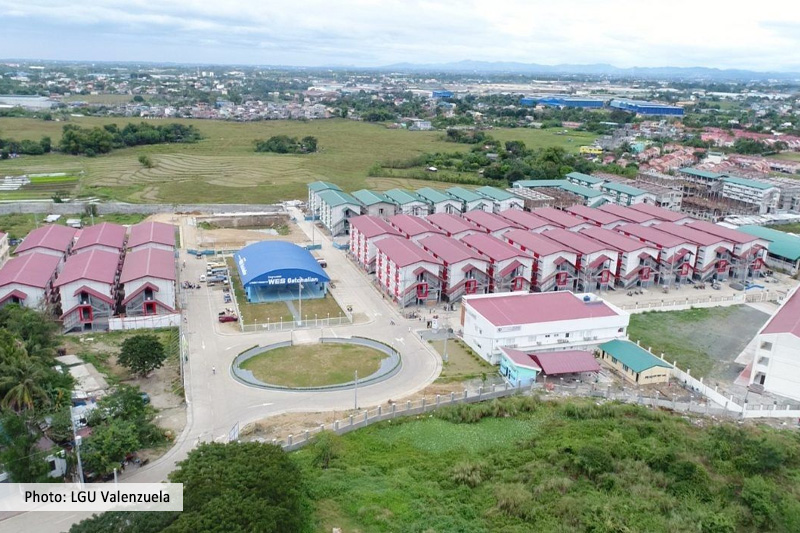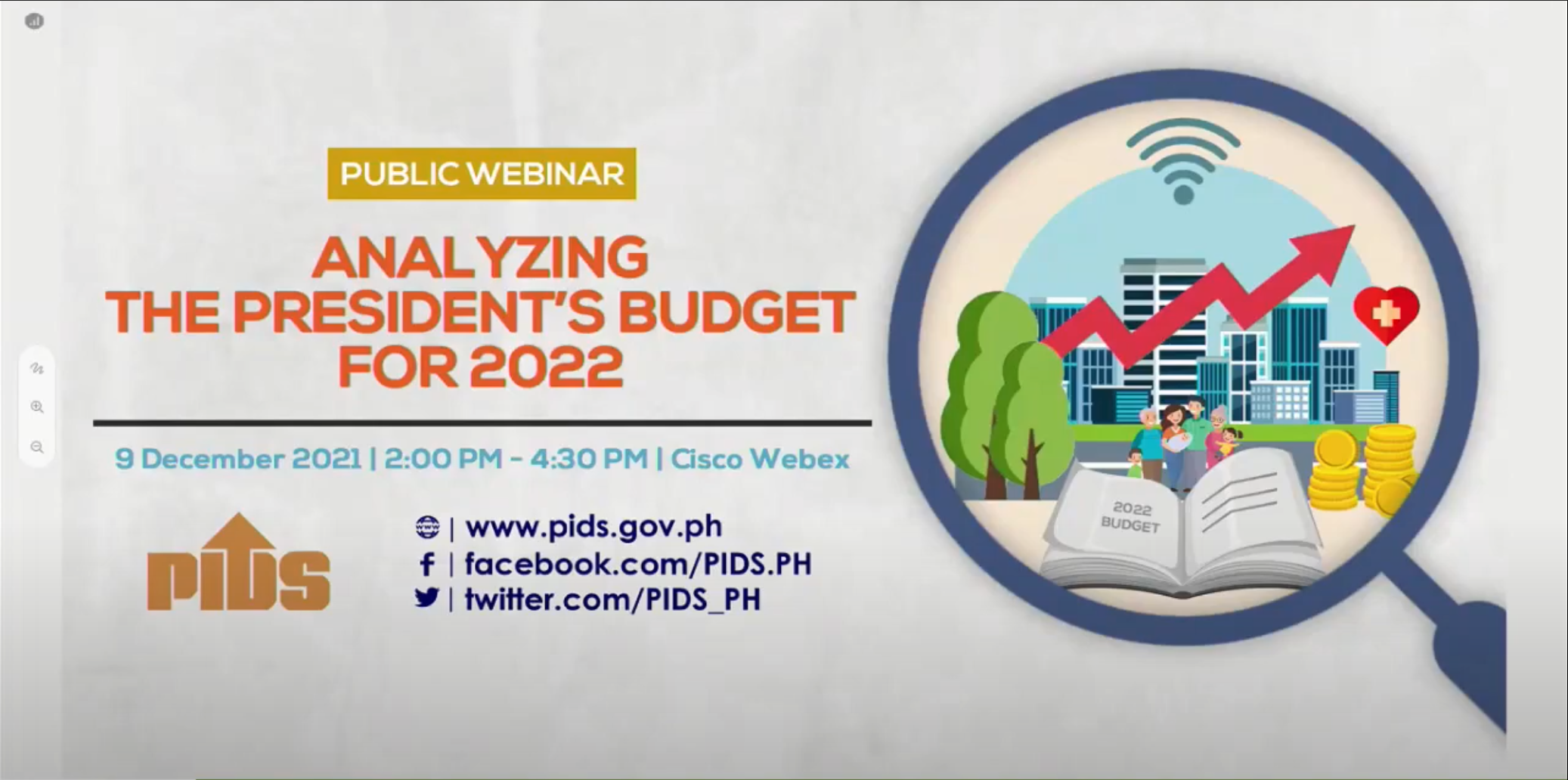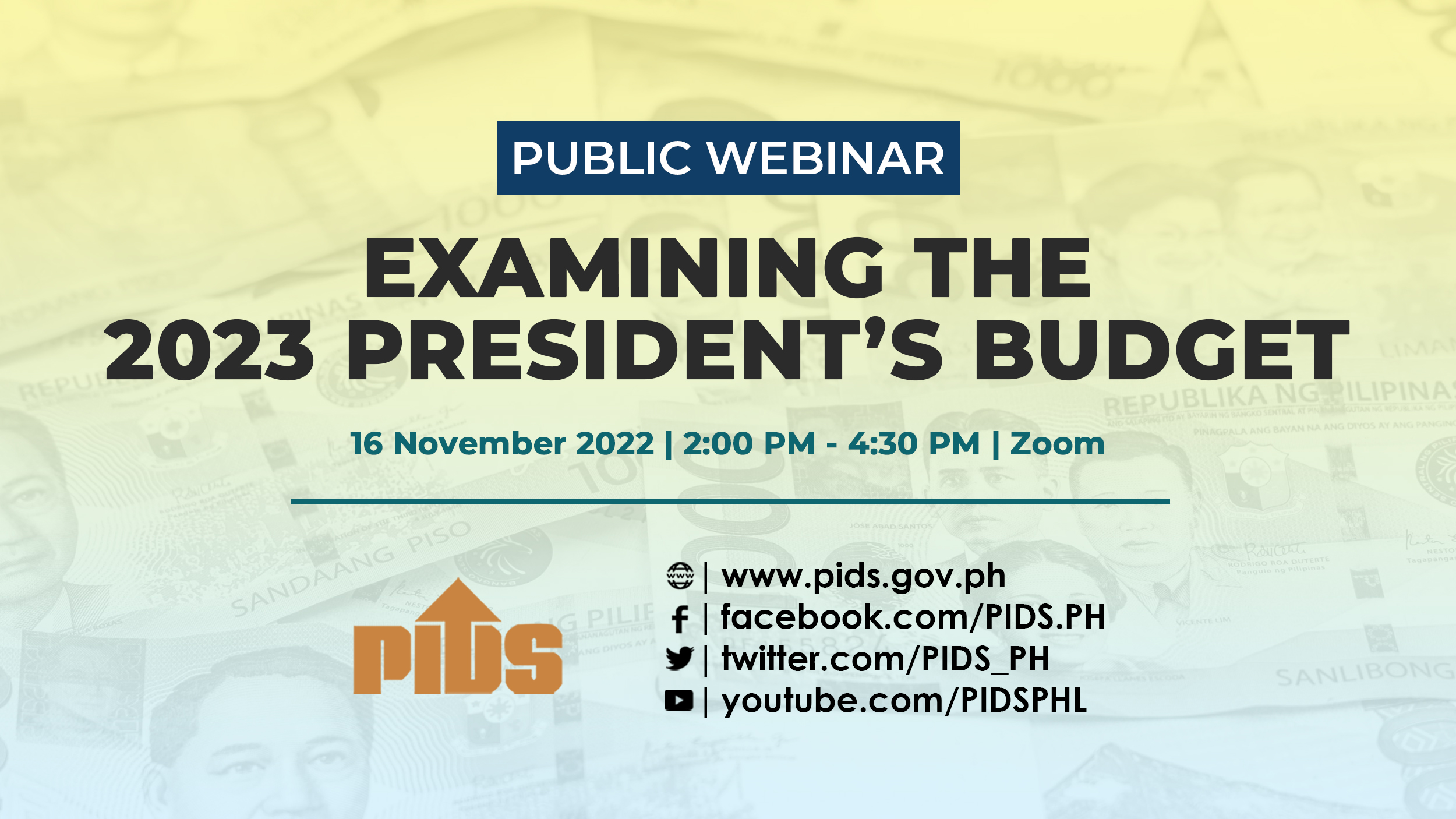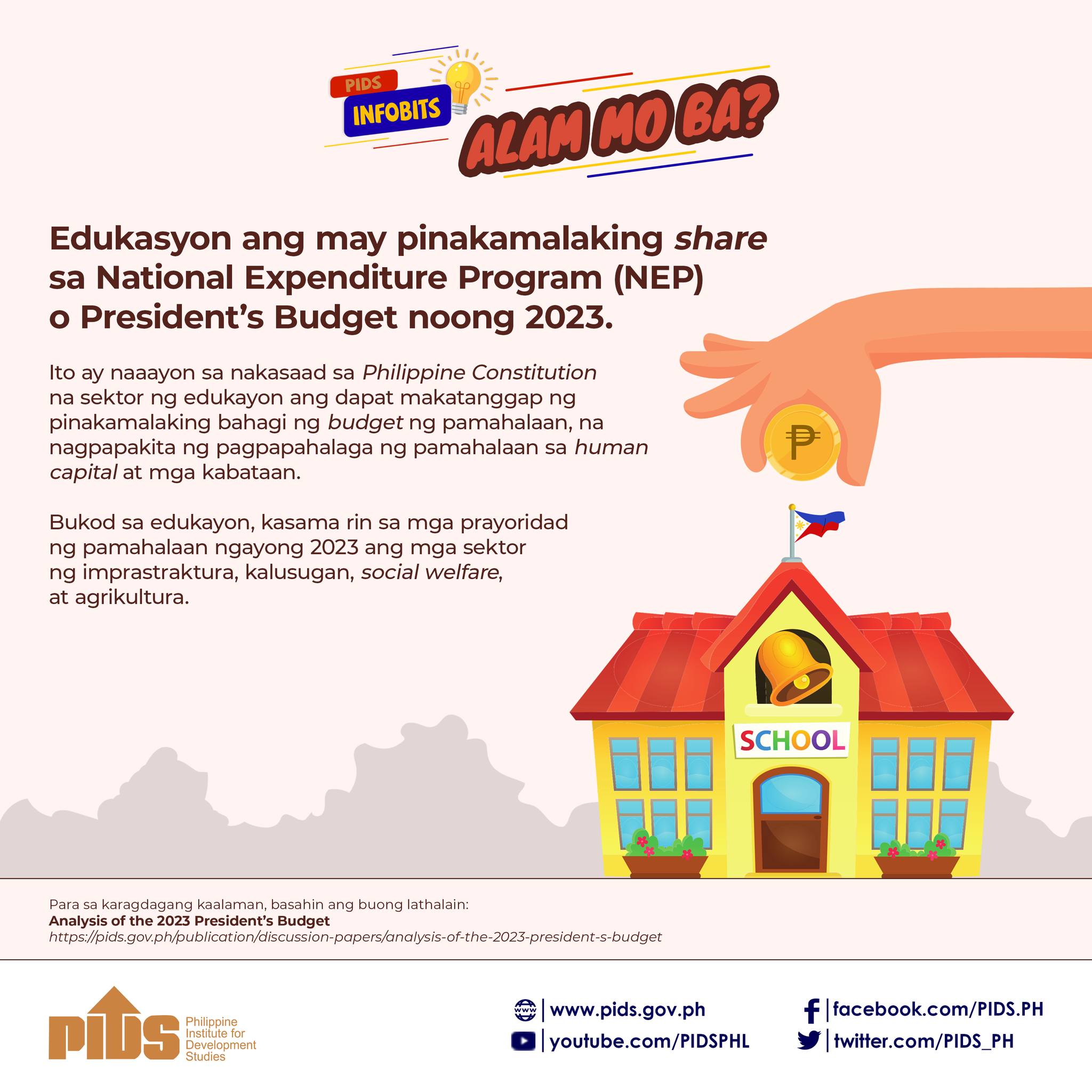TO achieve inclusive growth and enable farmers to compete in the global marketplace, Filipinos should elect a president who is pro-agriculture, according to economists from the Ateneo de Manila University.
At the sidelines of the Eagle Watch Briefing on Tuesday, Ateneo Center for Economic Research and Development (ACERD) Director Leonardo A. Lanzona Jr. said no candidate for president has expressed that they are concerned about agriculture.
“We certainly need somebody who is pro-agriculture. Actually, [Rodrigo] Duterte might be good [only] because he comes from Mindanao [but he and the other candidates] have not talked about agriculture,” Lanzona said. “Everybody’s just talking about traffic.”
Lanzona said a pro-agriculture president can look at the agriculture sector as a means to lift millions of people from poverty and as a means to improve competitiveness.
Eagle Watch Senior Fellow Alvin Ang said that while agriculture only accounts for 10 percent of the country’s GDP, its share in employment is 30 percent.
They said the slow growth of the farm sector in the past three decades has made it difficult for farmers to increase their incomes and get out of poverty.
Lanzona also said the country’s food manufacturing sector is dependent on agriculture and could have a significant impact on exports.
Citing data from McKinsey & Co., Ang said the Philippines has a competitive advantage in food, beverage and tobacco manufacturing, compared to its neighbors in Southeast Asia.
“Actually, I would think that our biggest sector is really agriculture. We’ve been talking about being competitive. You can never be competitive in the agricultural sector, there’s no way you can be competitive if you look closely at what we’re doing,” Lanzona said.
Lanzona added that a pro-agriculture president can also address problems in agrarian reform.
He said that, while the country has been able to distribute lands, farmers have encountered problems in terms of the lack of financing and machinery to maximize the land granted to them.
Instead of just distributing lands, Lanzona said the government can consider taxing landowners and provide subsidies to spur innovations in farming.
“Certainly, we need to innovate not only technologically but also in terms of agriculture and I think that would be the key if you want to sustain our growth, you want to be competitive,” Lanzona said.
Apart from agrarian reform, the next president can also focus on financing other crops aside from rice and corn—two of the country’s staple crops.
Lanzona said the country missed out on export opportunities in global and regional trade due to its focus on a few commodities.
He also agreed with former Economic Planning Secretary Arsenio M. Balisacan who said earlier that the Aquino administration’s focus on rice self-sufficiency “was a mistake.”
Balisacan said the government’s self-sufficiency policy has been very costly and even contributed to the increase in poverty incidence in 2014.
“I think one of the key mistakes in the current administration is the focus on rice sufficiency and it was really a bad decision. The thing is, rice can easily be bought outside of the country,” Lanzona said. “If you look at the Department of Agriculture, it’s just a rice and corn department.”
Studies including those made by Philippine Institute for Development Studies Research Fellow Roehlano Briones said the government’s resources were largely focused on rice, a water-loving crop.
Briones said the government’s rice spending reached P37.44 billion in 2012, almost half of the government’s total agriculture spending for that year.
Data showed the government spent a total of P62.64 billion for agriculture-related programs and projects.
This was significantly higher than the P14.38 billion spent in 2005.
Government spending for other crops, like corn, amounted to only P951 million in 2012; high value crops, P1.63 billion; coconut, P2.08 billion; livestock, P2.72 billion; and 3.308 billion for fisheries.//
At the sidelines of the Eagle Watch Briefing on Tuesday, Ateneo Center for Economic Research and Development (ACERD) Director Leonardo A. Lanzona Jr. said no candidate for president has expressed that they are concerned about agriculture.
“We certainly need somebody who is pro-agriculture. Actually, [Rodrigo] Duterte might be good [only] because he comes from Mindanao [but he and the other candidates] have not talked about agriculture,” Lanzona said. “Everybody’s just talking about traffic.”
Lanzona said a pro-agriculture president can look at the agriculture sector as a means to lift millions of people from poverty and as a means to improve competitiveness.
Eagle Watch Senior Fellow Alvin Ang said that while agriculture only accounts for 10 percent of the country’s GDP, its share in employment is 30 percent.
They said the slow growth of the farm sector in the past three decades has made it difficult for farmers to increase their incomes and get out of poverty.
Lanzona also said the country’s food manufacturing sector is dependent on agriculture and could have a significant impact on exports.
Citing data from McKinsey & Co., Ang said the Philippines has a competitive advantage in food, beverage and tobacco manufacturing, compared to its neighbors in Southeast Asia.
“Actually, I would think that our biggest sector is really agriculture. We’ve been talking about being competitive. You can never be competitive in the agricultural sector, there’s no way you can be competitive if you look closely at what we’re doing,” Lanzona said.
Lanzona added that a pro-agriculture president can also address problems in agrarian reform.
He said that, while the country has been able to distribute lands, farmers have encountered problems in terms of the lack of financing and machinery to maximize the land granted to them.
Instead of just distributing lands, Lanzona said the government can consider taxing landowners and provide subsidies to spur innovations in farming.
“Certainly, we need to innovate not only technologically but also in terms of agriculture and I think that would be the key if you want to sustain our growth, you want to be competitive,” Lanzona said.
Apart from agrarian reform, the next president can also focus on financing other crops aside from rice and corn—two of the country’s staple crops.
Lanzona said the country missed out on export opportunities in global and regional trade due to its focus on a few commodities.
He also agreed with former Economic Planning Secretary Arsenio M. Balisacan who said earlier that the Aquino administration’s focus on rice self-sufficiency “was a mistake.”
Balisacan said the government’s self-sufficiency policy has been very costly and even contributed to the increase in poverty incidence in 2014.
“I think one of the key mistakes in the current administration is the focus on rice sufficiency and it was really a bad decision. The thing is, rice can easily be bought outside of the country,” Lanzona said. “If you look at the Department of Agriculture, it’s just a rice and corn department.”
Studies including those made by Philippine Institute for Development Studies Research Fellow Roehlano Briones said the government’s resources were largely focused on rice, a water-loving crop.
Briones said the government’s rice spending reached P37.44 billion in 2012, almost half of the government’s total agriculture spending for that year.
Data showed the government spent a total of P62.64 billion for agriculture-related programs and projects.
This was significantly higher than the P14.38 billion spent in 2005.
Government spending for other crops, like corn, amounted to only P951 million in 2012; high value crops, P1.63 billion; coconut, P2.08 billion; livestock, P2.72 billion; and 3.308 billion for fisheries.//


